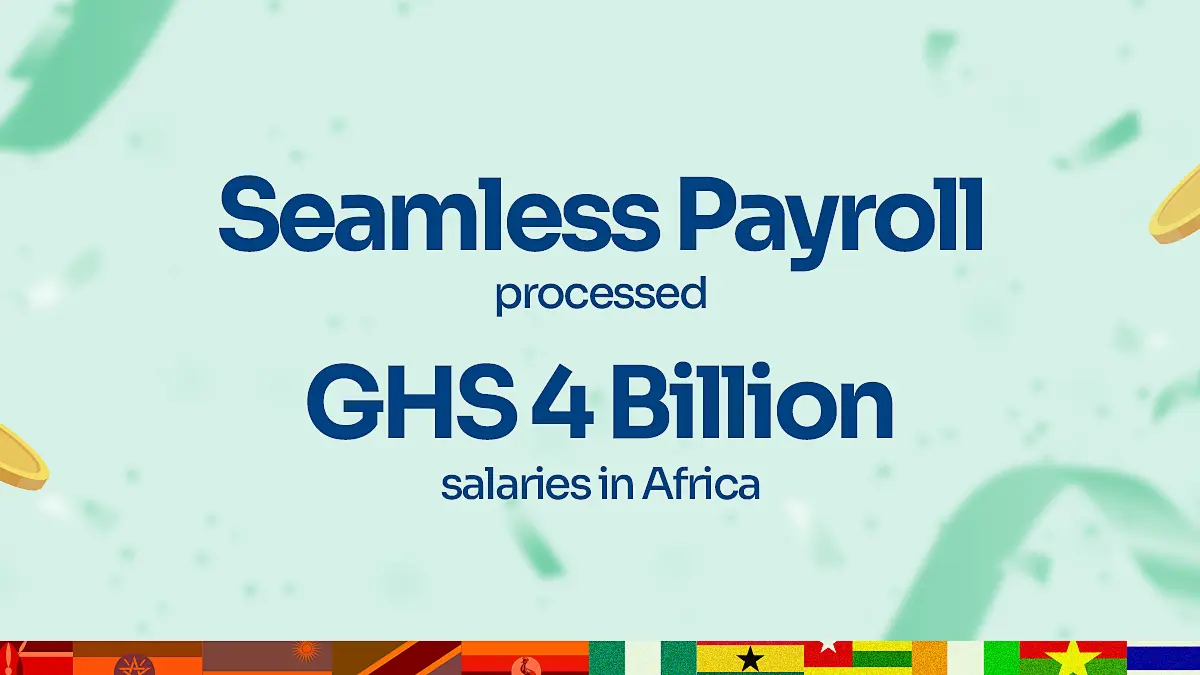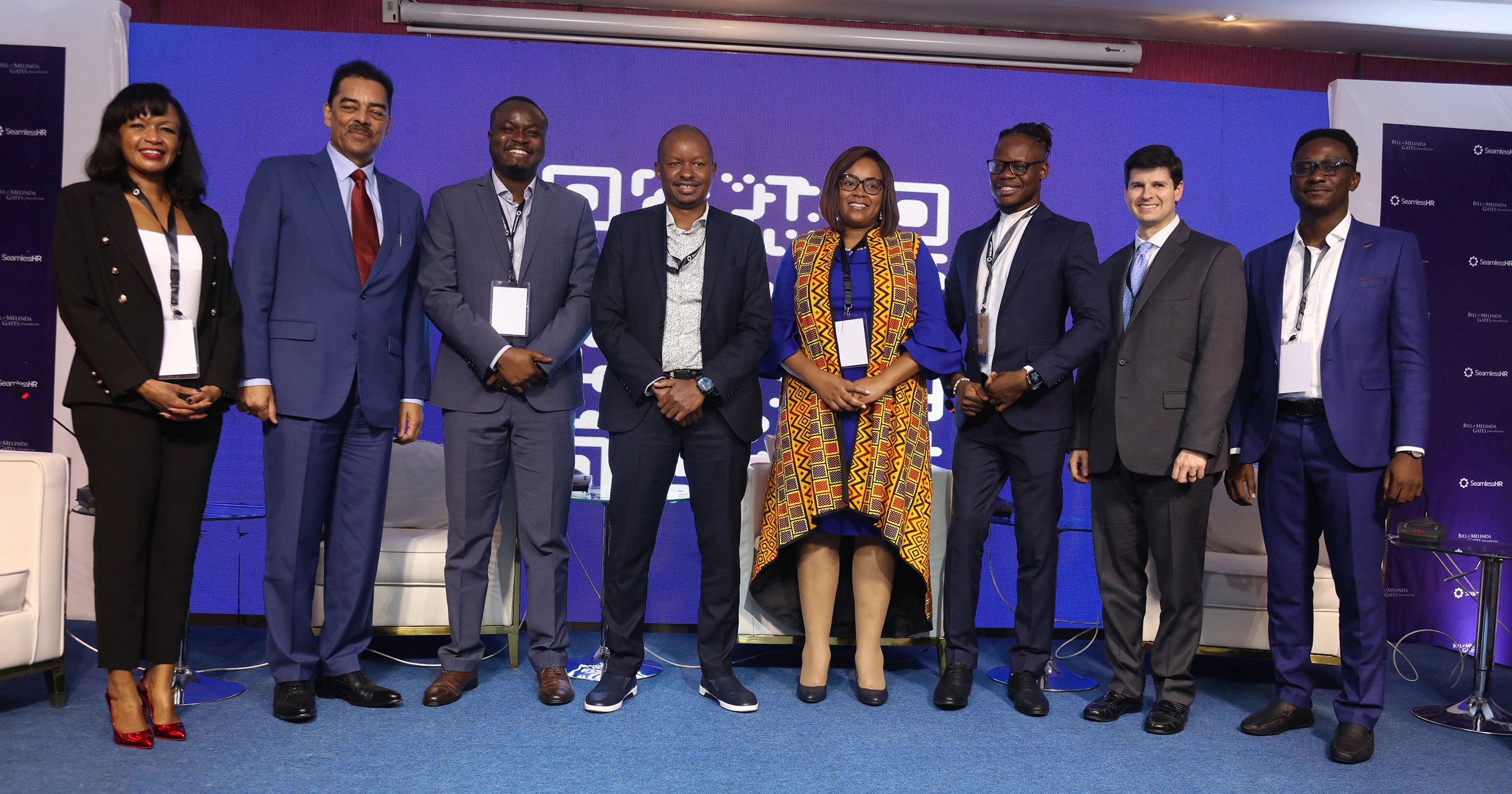7 Steps in the Recruitment Process
Hiring the right talent is crucial to the success of any organisation. The right fit can drive innovation, increase productivity, and contribute to a positive work environment. However, the wrong hire can have significant consequences, both financially and operationally. In this article, we discuss the impact of hiring a wrong fit and the 7 steps to implement in a recruitment process.

The High Cost and Consequences of Hiring the Wrong Fit
A Harvard Business Review insight notes that 80% of employee turnover is a result of bad hiring decisions, and 45% of bad hires are attributed to a lack of process. With leadership turnover averaging 18% annually, it’s clear that most organisations could benefit from a better approach to hiring. A bad hire can drain resources, disrupt team dynamics, and hinder growth. The consequences extend beyond the financials, impacting productivity, morale, and even the company’s reputation.
1. Financial Impact of a Bad Hire: The most immediate consequence of a bad hire is financial loss. Recruitment, training, and onboarding all require significant investment. If the wrong person is hired, these resources are wasted. Additionally, if the individual must be replaced, the company incurs the costs of a second recruitment process, effectively doubling the expense. But the financial impact doesn’t stop there.
A poor hire can also lead to decreased productivity, which directly affects the bottom line. According to a CareerBuilder survey, 74% of employers reported that they have hired the wrong person for a position, and 37% of them said it negatively impacted employee morale, which in turn, can lead to further costs in terms of reduced output and increased turnover.
2. Productivity and Morale: A bad hire can quickly become a drain on productivity. When an employee is not a good fit, they may struggle to meet their responsibilities, leading to delays and mistakes that others have to correct. This not only slows down projects but also places additional stress on other team members, who may need to pick up the slack. This situation can create a ripple effect throughout the team, lowering overall morale.
3. Reputational Damage: A bad hire can damage a company’s reputation, particularly if the individual interacts with customers or clients. Poor performance or unprofessional behaviour can lead to dissatisfied clients, negative reviews, and lost business opportunities. Rebuilding a damaged reputation can be challenging and time-consuming, further compounding the costs of a bad hire.
Preventing a Bad Hire: 7 Steps in the Recruitment Process
Preventing a bad hire starts with a solid recruitment process which is made of 7 steps . Here are seven steps employers and leaders can take to ensure they bring in the right talent:
1. Identify your vacancies and hiring needs: Filling open positions with the right talent begins with a clear understanding of what your business truly need.
-
- Go beyond the job description—connect with the hiring manager to get a comprehensive view of the daily responsibilities, key tasks, and future goals for the role.
-
- Consider the team’s current strengths and the gaps that the new hire should address.
-
- Don’t overlook cultural fit—finding someone who aligns well with your team is crucial for long-term success.
2. Clearly define the job description: With a clear understanding of your ideal candidate, write a job description that resonates with them. Focus on the “what” and the “why.”
-
- Clearly outline the role’s responsibilities and emphasise how it contributes to the team and company goals. While at it, use strong action verbs and keep it simple.
-
- Avoid overly technical jargon to ensure your job description is clear, concise, and accessible to a broad range of qualified candidates. Effortlessly create, publish, and manage job positions using SeamlessHR recruitment management system.
3. Start your talent search: Once you’ve created an engaging job description, it’s time to begin your talent search. You have two primary avenues: tapping into your existing network and exploring the broader job market.
-
- Start by looking within by encouraging employee referrals with incentives and making full use of your team’s network.
-
- Look beyond your team by using job boards, professional networking sites like LinkedIn, and industry-specific platforms to connect with a wider pool of qualified candidates.
4. Screen and shortlist candidates: Sorting through applications can be daunting, but a strategic approach and adoption of SeamlessHR recruitment management software can simplify the process. Here’s how to efficiently narrow down a stack of resumes to a shortlist of top candidates:
-
- Use job description as a key filter. Focus on candidates whose skills and experience match the “must-haves” you’ve outlined. Online screening tools can help automate this step, saving you time.
-
- Instead of sifting through every application, concentrate on the most promising ones. Look for clear communication skills in cover letters and resumes, and pay attention to specific achievements that highlight their abilities.
-
- Conduct phone screenings to gauge enthusiasm, communication style, and basic qualifications. This step helps you identify candidates who not only fit the role but are also a good cultural match and genuinely interested in the position.
5. Interview and assess candidates: Now that your shortlisted candidates have made a strong impression on paper, it’s time to see how they perform in person (or virtually). Remember, interviews are a two-way street; while you’re evaluating their skills and experience, they’re also assessing your company culture and the role itself.
-
- Start by creating a standardised interview format that includes a mix of behavioural and situational questions tailored to the role. This approach ensures each candidate is evaluated fairly and objectively.
-
- Use the interview to explore beyond the basics. Ask questions that reveal a candidate’s problem-solving abilities, communication style, and how well their values align with your company’s culture.
-
- Instead of just discussing the role, give candidates a real sense of what it’s like. Consider incorporating a “shadowing” session, allowing them to observe current team members and get a feel for the day-to-day environment. This helps both parties determine if it’s a good fit.
6. Secure the right talent: Congratulations! You’ve found a standout candidate. Now, it’s time to create an irresistible job offer that brings their talent to your team.
-
- Keep in mind that top candidates often have multiple offers. Respond quickly with a competitive package that includes salary, benefits, and a start date.
-
- While at it, outline the job details, including responsibilities, compensation, and growth opportunities. Transparency from the start helps build a strong, trust-based working relationship.
-
- And finally, always have a back up plan. Because while your top pick is ideal, it’s wise to have a second choice ready. If your first candidate declines, be prepared to either revisit your shortlist or restart the search quickly and efficiently.
7. Proceed to onboard: Onboarding is where the real transformation begins, turning a new hire into a thriving team member. Here’s how to make it seamless:
-
- Use automated processes, templates, and checklists to ensure that all necessary paperwork, benefits information, and IT setup are ready for a smooth first day. This reduces confusion and helps your new hire hit the ground running.
-
- Facilitate introductions and team-building activities to help your new team member connect with colleagues and feel a sense of belonging from the start.
-
- Clearly outline their role and responsibilities, and provide a roadmap for their first few weeks. Include training opportunities and mentorship programs to keep them engaged and set them up for success.
These 7 steps in the recruitment process are a good foundation for developing your ideal recruitment procedures.
Tips for a Successful Recruitment Process
Geared up to attract the best talent? Here are three tips to help you succeed.
1. Leverage SeamlessHR Technology: Use SeamlessHR recruitment management software with an embedded applicant tracking systems (ATS), to streamline the process and reduce the risk of human error.
2. Enhance Candidate Experience: A positive candidate experience can attract top talent. Ensure timely communication, transparency, and respect throughout the recruitment process.
3. Embrace diversity: Candidates increasingly value workplaces that reflect diverse backgrounds. By embracing diversity, you not only meet this expectation but also expand your talent pool significantly.
Recruit the Best Fit for Your Organisation
The consequences of a bad hire can be profound, affecting a company’s finances, productivity, morale, and reputation. Hence, the importance of hiring the best fit.
SeamlessHR can help your organisation build a streamlined, effective and efficient recruitment process with our recruitment management software. Click here to learn how it works.





